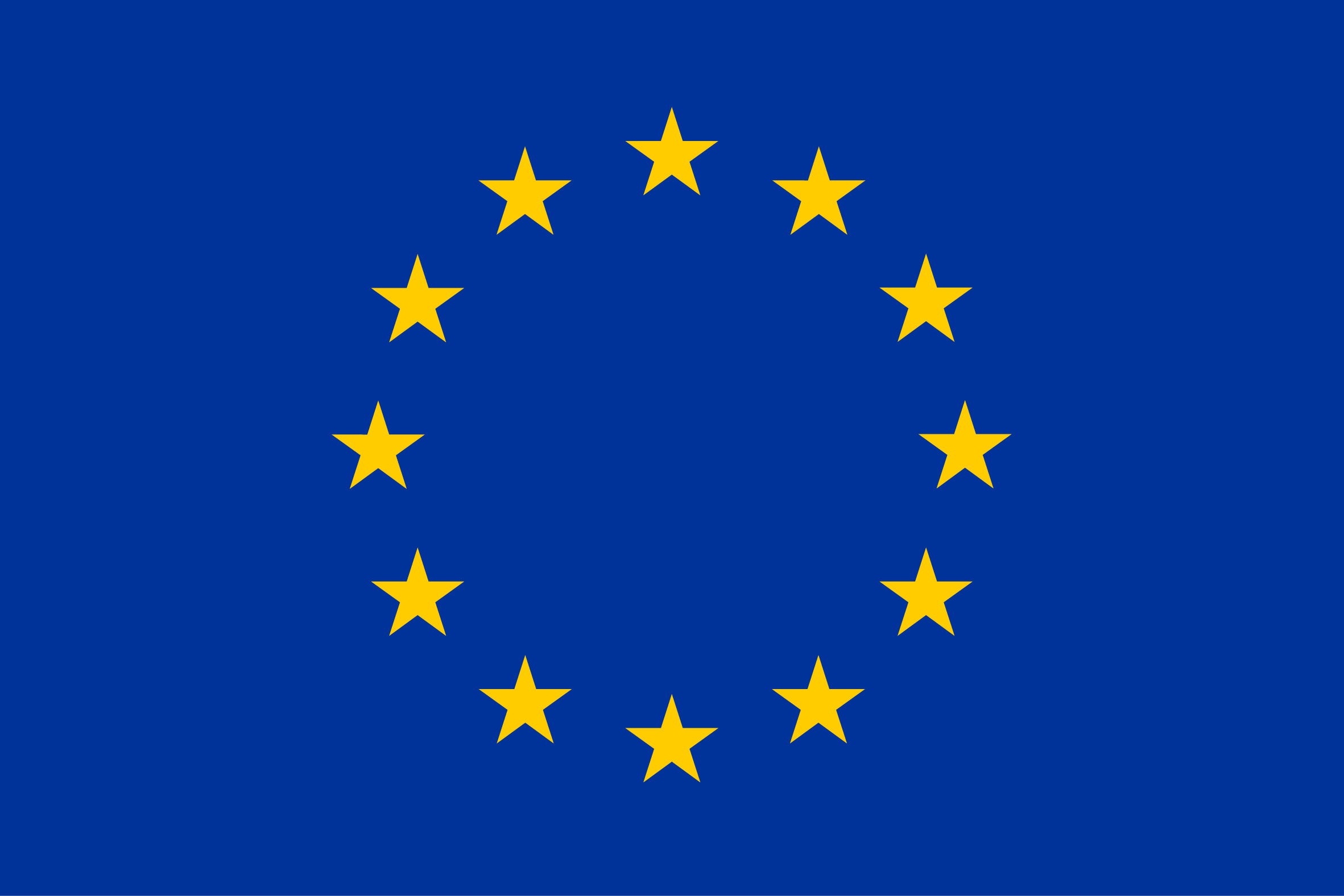No edit summary |
|||
| Line 38: | Line 38: | ||
"The database on Desalination plants in the EU was created in 2021 by Cogea srl for the European Marine Observation and Data Network (EMODnet). It is the result of the harmonization of a dataset provided by GWI DesalData. The dataset provides spatial information (point) on the centroid of the municipality where a given plant is located. It is available for viewing and download on EMODnet - Human Activities web portal (www.emodnet-humanactivities.eu) and will be updated every year. The dataset covers the following countries: Albania, Austria, Belgium, Belarus, Bosnia and Herzegovina, Bulgaria, Croatia, Cyprus, Czech Republic, Denmark, Finland, France, Georgia, Germany, Gibraltar, Greece, Guernsey, Hungary, Ireland, Italy, Jersey, Latvia, Liechtenstein, Lithuania, Luxembourg, Malta, Moldova, Netherlands, Norway, Poland, Portugal, Romania, Russia, Serbia, Slovakia, Slovenia, Spain, Sweden, Switzerland, Turkey, UK, Ukraine. Where available, each point has the following attributes: site code (ID), Location Name, Country, Position Source, Commune Name, NUTS code (NUTS 3 ID), Latitude, Longitude. A relational table provides further information for each desalination plant where data are available: Location Type, Project, Capacity (m3/d), Size, Units, Unit Size (m3/d), Technology, Feedwater, Plant Type, Award Date, Online Date, Plant Status, Customer Type, Industry Type, Customer, Holding Company, Plant Owner. More plant-specific information is available in the original dataset." | "The database on Desalination plants in the EU was created in 2021 by Cogea srl for the European Marine Observation and Data Network (EMODnet). It is the result of the harmonization of a dataset provided by GWI DesalData. The dataset provides spatial information (point) on the centroid of the municipality where a given plant is located. It is available for viewing and download on EMODnet - Human Activities web portal (www.emodnet-humanactivities.eu) and will be updated every year. The dataset covers the following countries: Albania, Austria, Belgium, Belarus, Bosnia and Herzegovina, Bulgaria, Croatia, Cyprus, Czech Republic, Denmark, Finland, France, Georgia, Germany, Gibraltar, Greece, Guernsey, Hungary, Ireland, Italy, Jersey, Latvia, Liechtenstein, Lithuania, Luxembourg, Malta, Moldova, Netherlands, Norway, Poland, Portugal, Romania, Russia, Serbia, Slovakia, Slovenia, Spain, Sweden, Switzerland, Turkey, UK, Ukraine. Where available, each point has the following attributes: site code (ID), Location Name, Country, Position Source, Commune Name, NUTS code (NUTS 3 ID), Latitude, Longitude. A relational table provides further information for each desalination plant where data are available: Location Type, Project, Capacity (m3/d), Size, Units, Unit Size (m3/d), Technology, Feedwater, Plant Type, Award Date, Online Date, Plant Status, Customer Type, Industry Type, Customer, Holding Company, Plant Owner. More plant-specific information is available in the original dataset." | ||
===Methodology=== | ===Methodology=== | ||
Using the layer through web feature service. <headertabs /> | |||
[[Category:Governance]] | [[Category:Governance]] | ||
Latest revision as of 13:37, 23 January 2025
This page was last edited on 23 January 2025, at 13:37. Content is available under GPLv3 unless otherwise noted.
 Co-funded by the European Union.
Co-funded by the European Union.